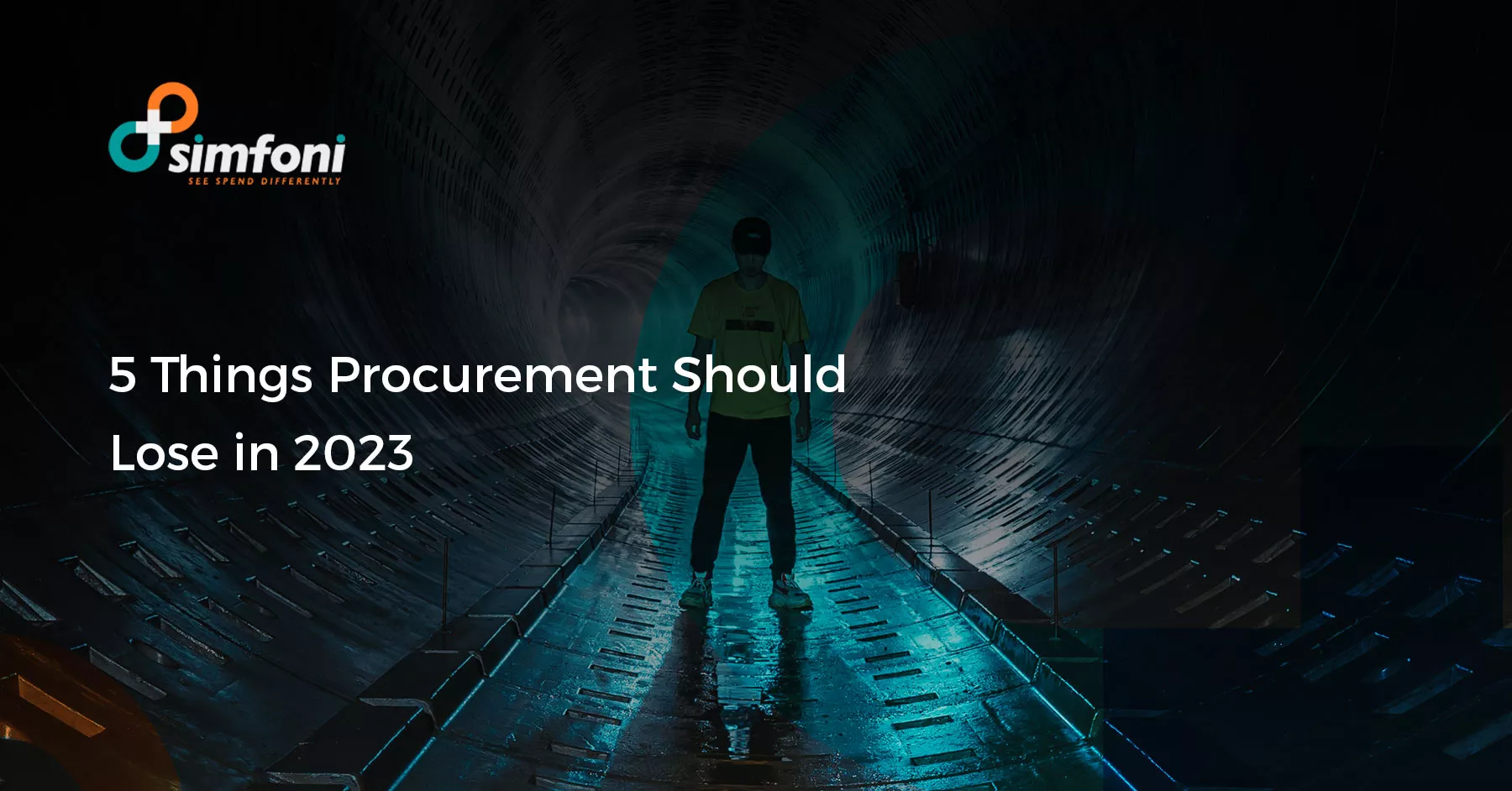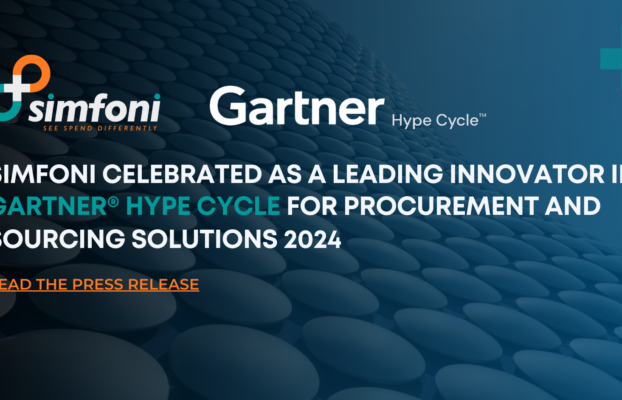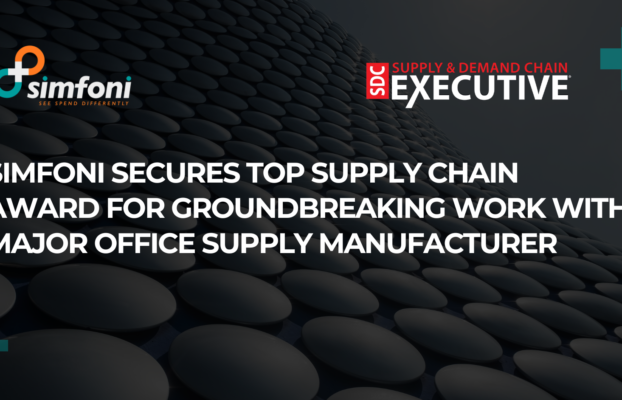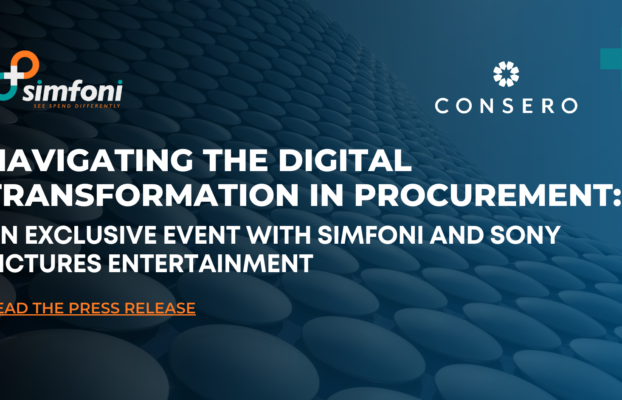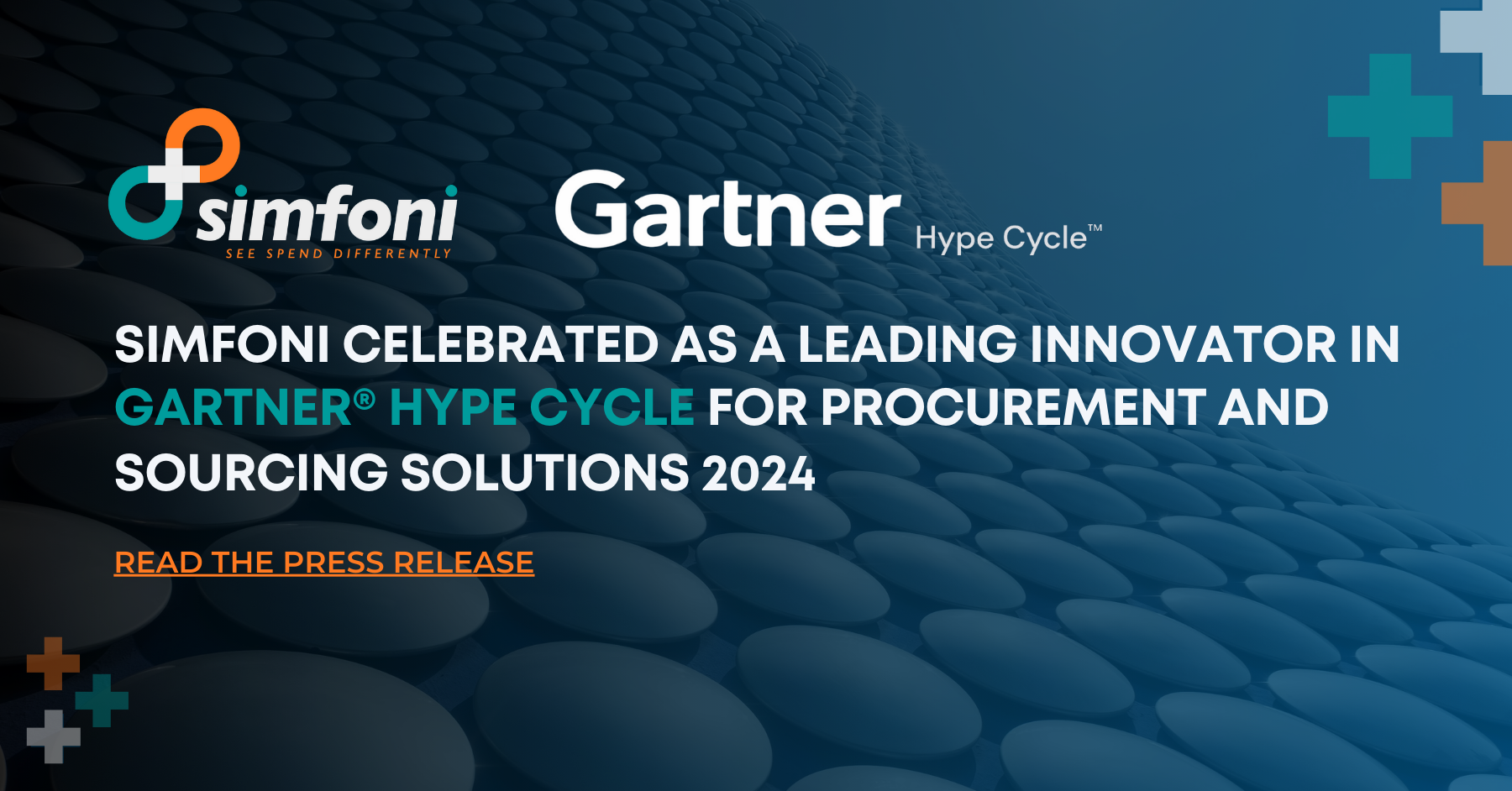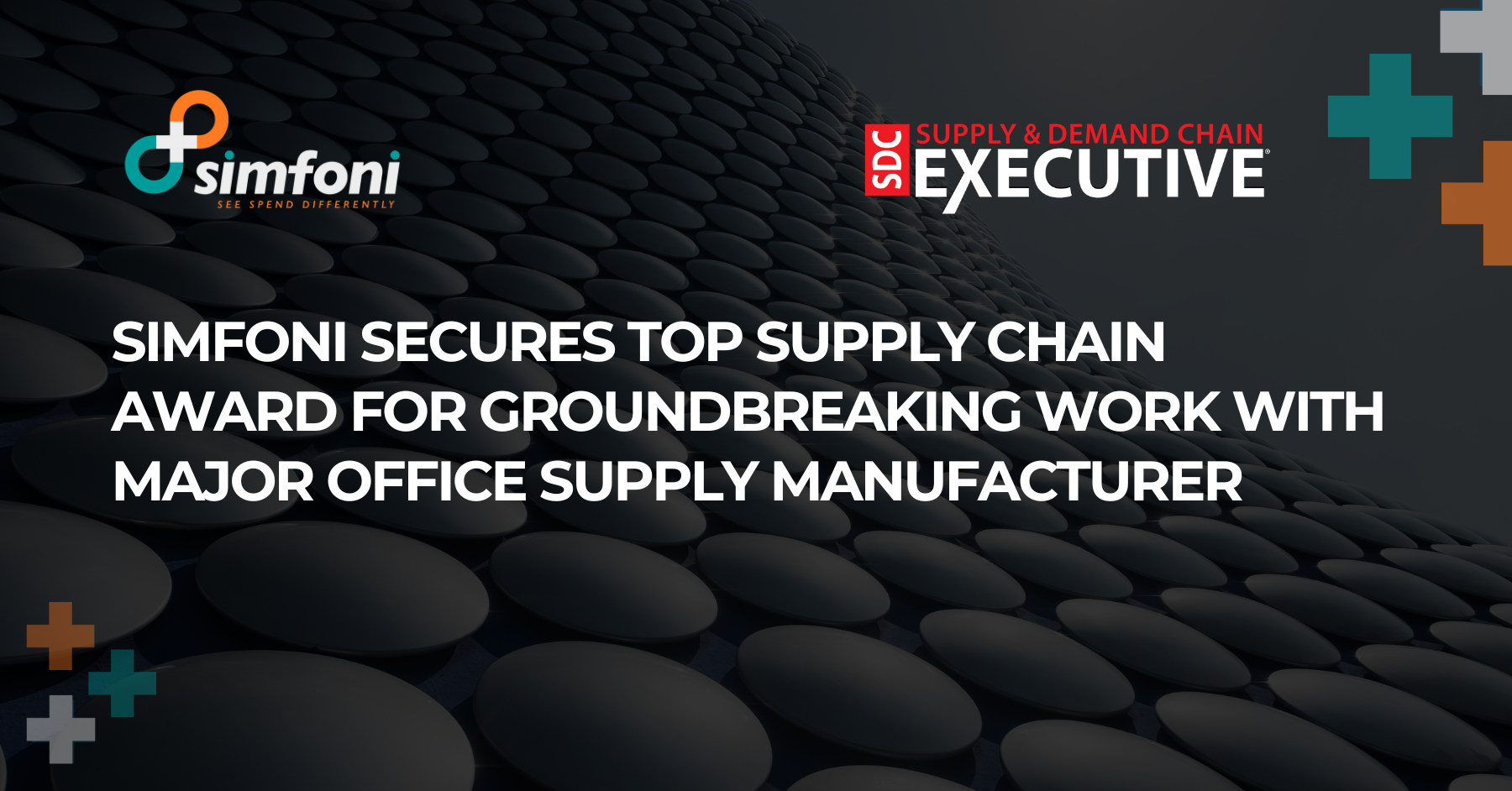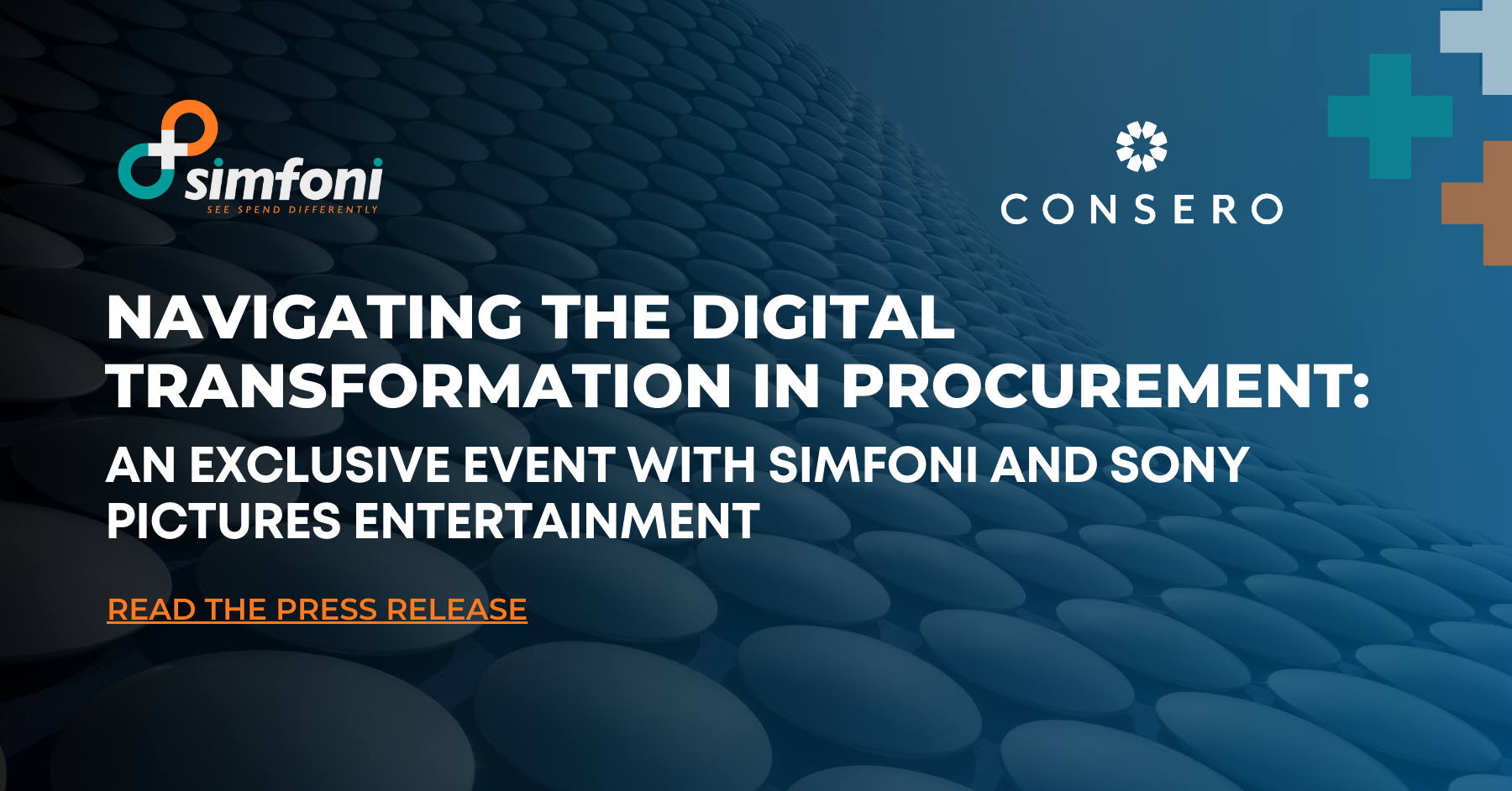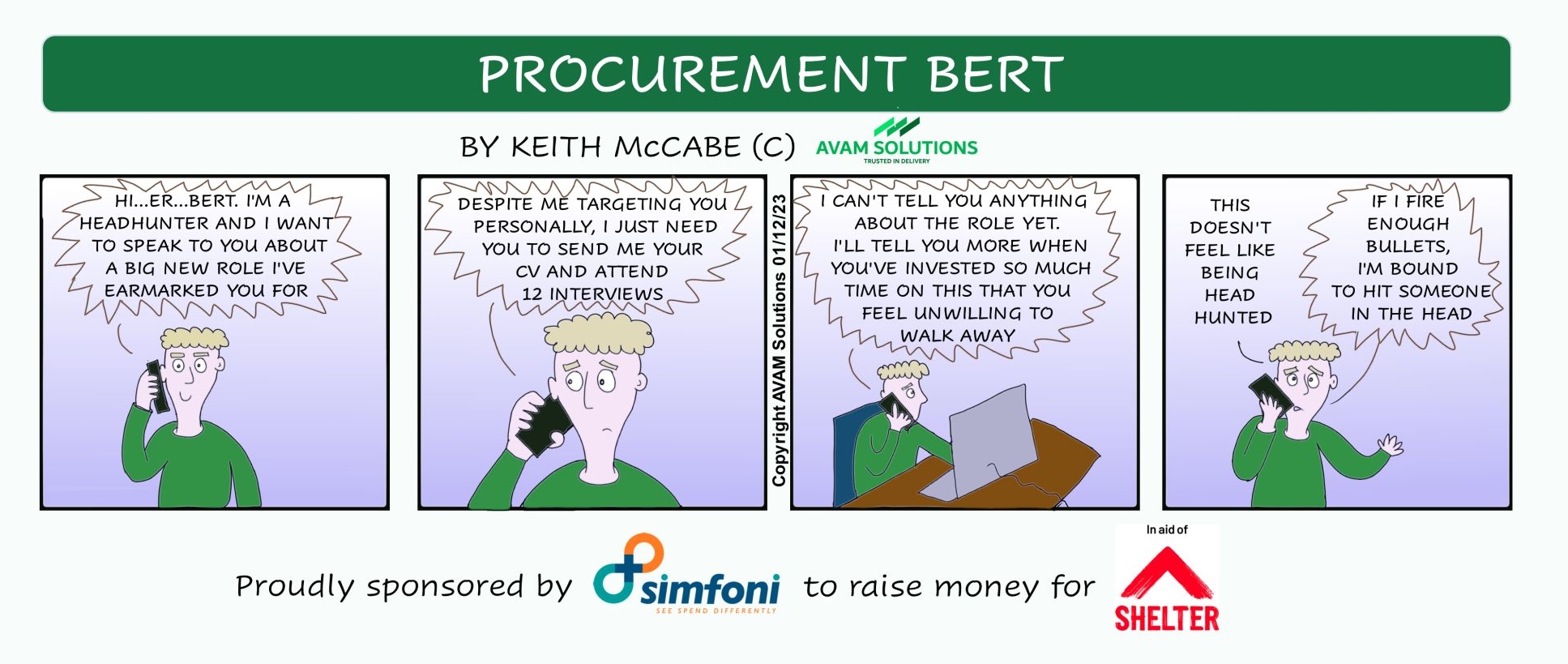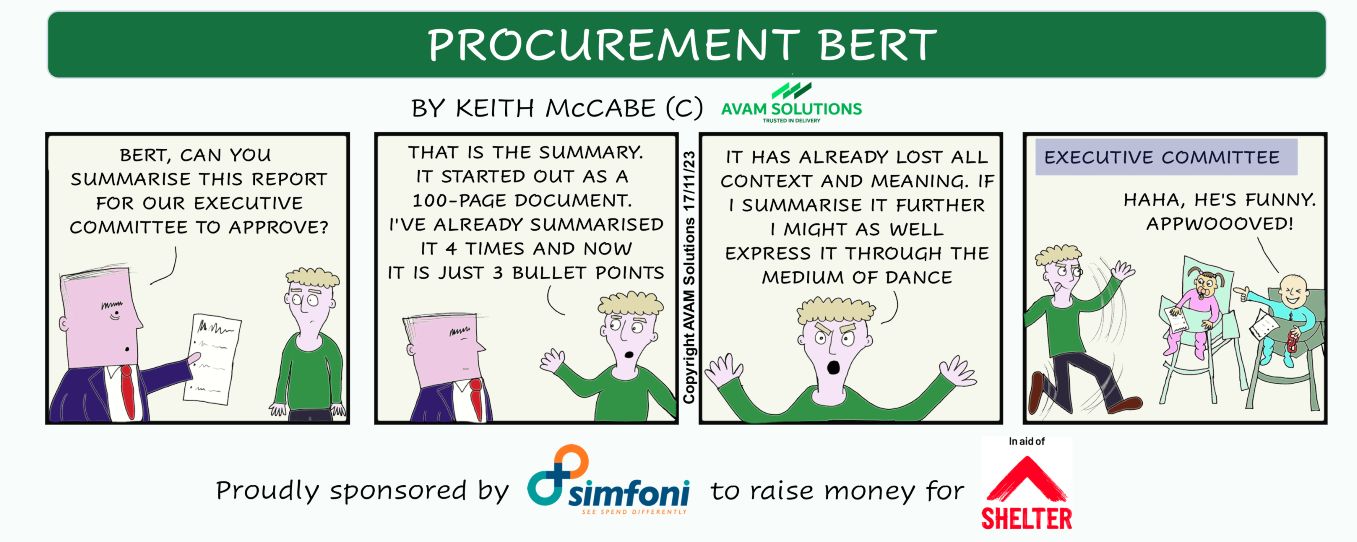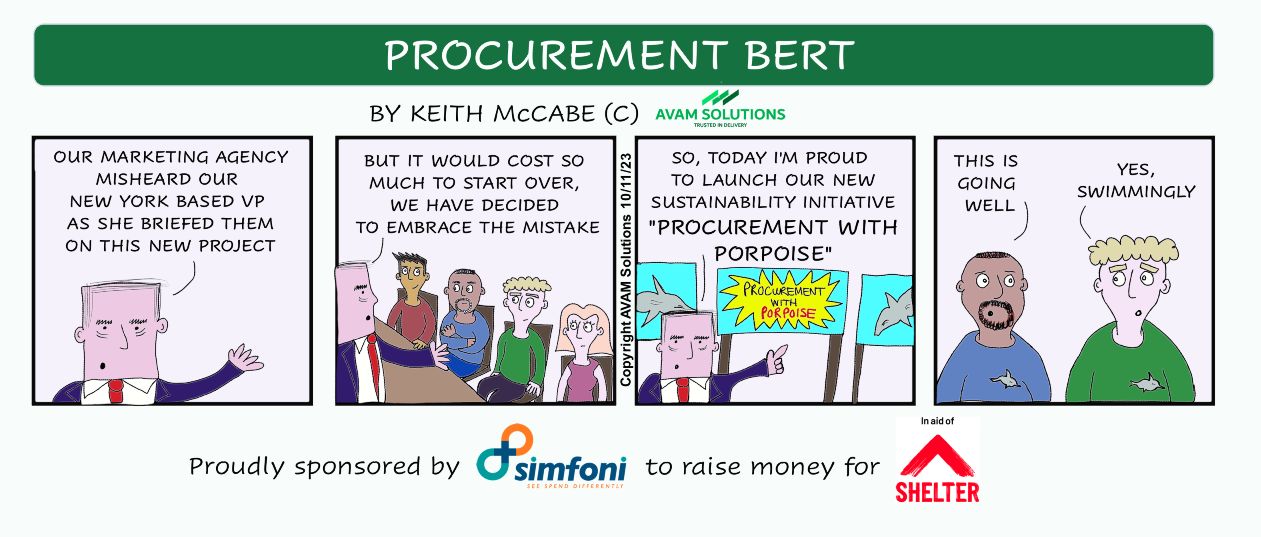Simfoni’s COO shares his thoughts on what needs to change in procurement in the new year
As an essential part of conducting business, it is critical that procurement continues to evolve to meet the needs of today. However, as things evolve, it’s equally important to let go of processes and tools that are outdated or no longer serve the business well. Let’s look at a few things in the procurement industry that should be retired in 2023.
The Top Five Things Procurement Should Lose in 2023
1. Free Text Requisitioning:
For needs that are not covered by catalogs, free text requisitioning is when the client articulates what they want to purchase within individually configured forms. Because it is not standardized, it is error prone, can be misleading, requires back and forth Q&A, and skews the spend data set. In case of a need for a new item or service, users should go through an item master process prior to requisition, meaning the request will be catalog based. This will help improve the requestor experience while ensuring more accurate and streamlined data capture from the organization, reducing the need for many manual steps in the process and eliminating errors.
2. Post-facto classification of spend:
Classification of purchase and invoice data is a common problem for many companies. The industry offers a wide berth of solutions, from manual to AI-based classification. But this problem should not exist in the first place. If purchases and invoices are based on catalog data, the data comes clean and classified out of the box. So, instead of having to retroactively classify the data, the focus should be on generating clean data from the start.
AI in Procurement [Podcast & Best Practices] – by Sreeram Venkitakrishnan from Simfoni
3. Account code mappings:
Procurement has come to expect a “consumerized“ buying experience – easy to understand and accomplished within a few clicks. To improve user experience, we need to reduce the amount of information we ask of them. One such piece of information is account codes (Cost Center, GL, Project, Asset etc.). This information should be automated based on pre-set configuration so users do not have to touch those fields. They are all there by default, so the user only has to click the ‘Buy’ button to complete the transaction. This removes a barrier to entry and makes procurement more intuitive for the end user.
4. No PO—No Pay:

When I was an operations manager for a buying team, I was a huge advocate of No PO—No Pay. This was to ensure a) procurement has its hands on all purchases b) avoid risks c) ensure great pricing etc. But this policy has had far-reaching consequences. The policy pushed people to go through a lengthy procure to pay process—even for small, pre–negotiated purchases. Total waste of time and effort! Plus, with the advent of payment solutions and cards, No PO—No Pay should just be removed.
5. One Time Vendor:
These are the one-time suppliers (e.g., the mom-and-pop store that shipped that hard-to-find item). These vendors most likely do not need a purchase order (which requires a vendor record). One Time Vendor was used when collaboration and vendor onboarding was difficult. But with cloud-based software, collaboration and configuration capabilities, all vendors can be onboarded quickly and easily. Using a standard code for these one-off purchases should be stopped due to the impact it has on visibility down the line and leads to lost opportunities.

Sreeram Venkitakrishnan
Chief Operating Officer - Spend Automation
Simfoni
Follow Simfoni on LinkedIn
